Step-by-Step Guide to Building a Traditional Log Cabin
Owning a traditional log cabin offers a unique blend of rustic charm, natural beauty, and long-lasting durability. These cabins are not only environmentally friendly but also provide a peaceful retreat from modern life, allowing you to reconnect with nature in a cozy, handcrafted space. The warmth of wooden interiors and the timeless design make it an inviting place to relax, whether it's a vacation home or a full-time residence.
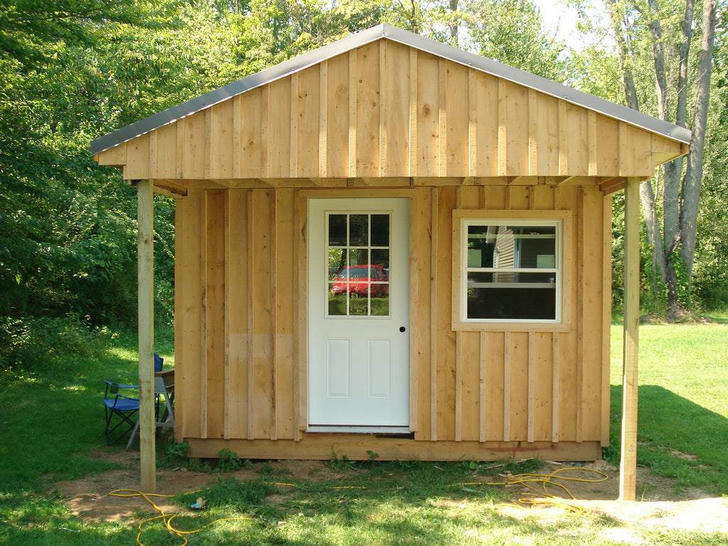
But how can you enjoy these benefits without breaking the bank? The answer lies in building your own traditional log cabin. Wondering where to start and how to bring this dream to life? Let’s explore how you can create your own log cabin, step by step.
Planning Your Log Cabin
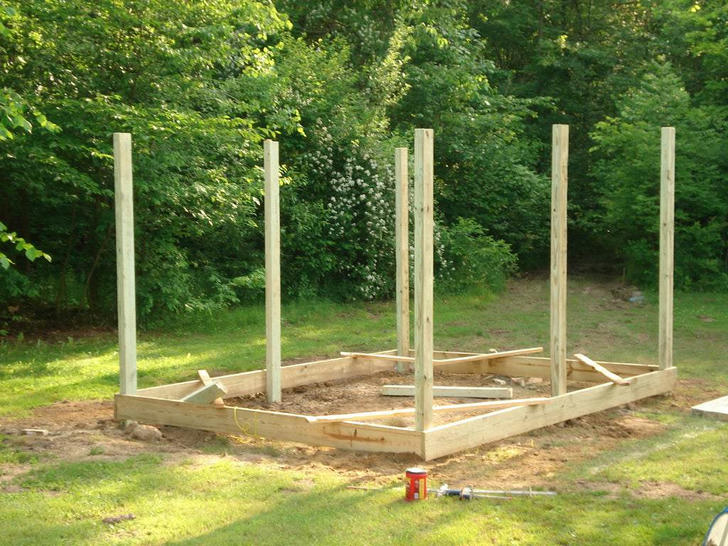
Building a traditional log cabin is a rewarding process that combines craftsmanship, planning, and creativity.Everything starts with choosing the perfect location. Here are four factors to consider when choosing where to build:
Accessibility: Ensure the location is easily accessible by road and close to essential amenities such as grocery stores, healthcare, and emergency services.
Environmental Considerations: Evaluate the natural surroundings, including proximity to water sources, views, and potential natural hazards (e.g., flooding, landslides).
Sunlight and Wind Exposure: Consider how much natural light the site receives and the direction of prevailing winds for energy efficiency and comfort.
Zoning Regulations: Check local zoning laws and regulations to ensure the land is suitable for building a cabin and that you can obtain necessary permits.
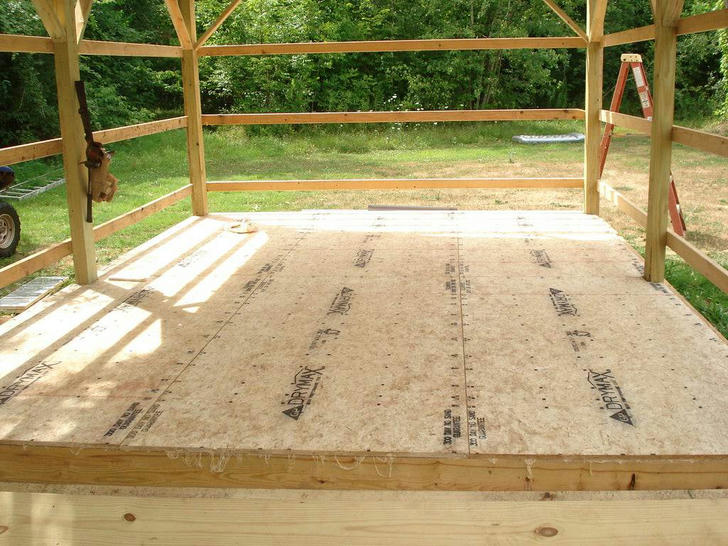
Traditional cabins typically range from 200 to 600 square feet, utilizing logs as the primary building material. This choice not only provides a rustic charm and warm aesthetic but also ensures a cozy and functional living space perfect for relaxation and escape from the hustle and bustle of everyday life.Once the plan is set, site preparation starts by clearing and leveling the ground before laying the foundation, which can range from a pier to a slab foundation, providing a sturdy base for the cabin.
Constructing the Cabin Framework
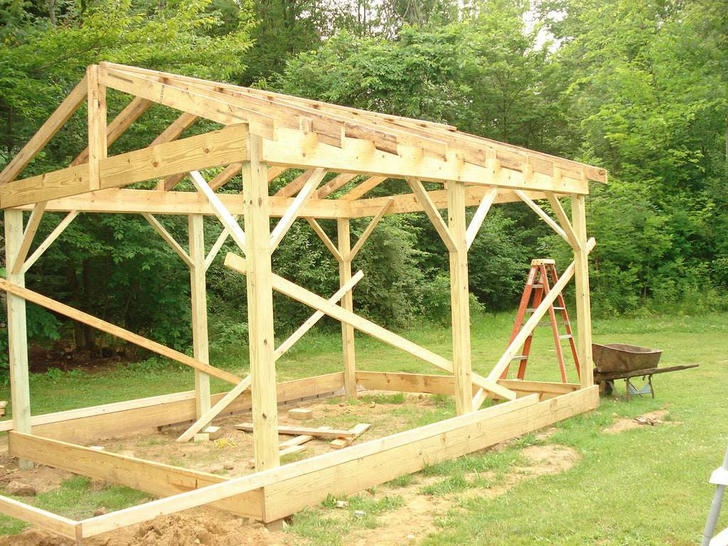
As construction of your traditional log cabin begins, the first step is laying the initial course of logs. Precision is key; each log must be properly aligned and leveled using effective stacking techniques to ensure a strong foundation.
Next, the walls and corners are built using traditional notching methods, which enhance both stability and insulation. Notching allows logs to fit together snugly, minimizing drafts.
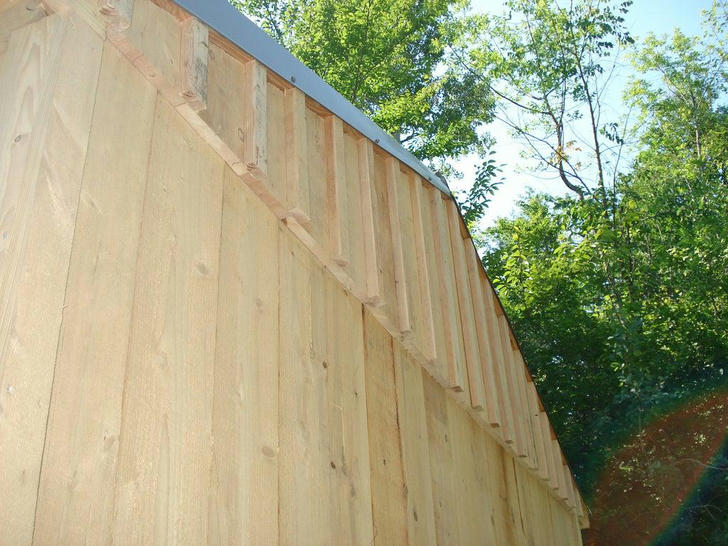
Windows and doors are strategically placed to optimize natural light and views. Once positioned, the frames are constructed and sealed thoroughly, ensuring they complement the cabin's rustic charm while providing comfort and protection. This attention to detail in the cabin framework sets the stage for the rest of your building journey.
Interior Finishing
When it comes to the interior of your log cabin, several flooring options can enhance both functionality and aesthetics. Wood flooring offers a warm, natural look that complements the rustic charm of the logs, while tile provides durability and easy maintenance, especially in high-traffic areas like kitchens and bathrooms.
For plumbing and electrical systems, prioritize safety and practicality. It’s essential to follow local building codes and hire professionals if needed to ensure everything is up to standard. Thoughtful placement of fixtures can enhance usability without compromising the cabin’s cozy feel.
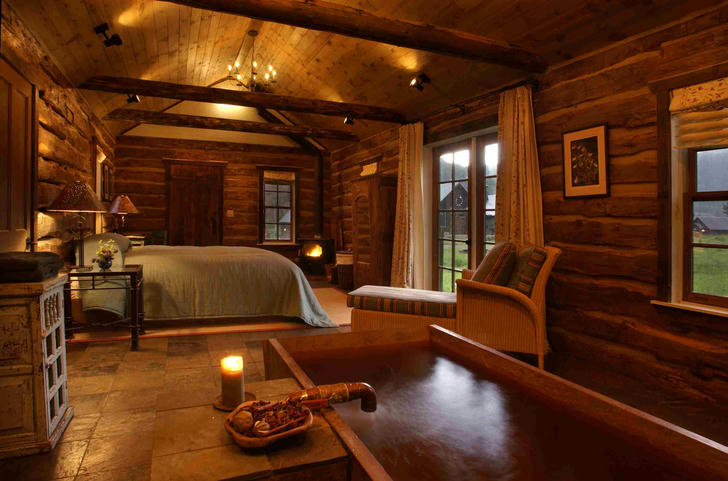
In terms of interior design, consider blending rustic elements, such as reclaimed wood furniture and stone accents, with modern touches like sleek lighting fixtures and minimalist decor. This fusion creates a cozy, welcoming space that reflects personal style while maintaining the cabin's natural beauty. By balancing these styles, you can create an inviting atmosphere perfect for relaxation and enjoyment.
Finally
The process of building your own log cabin, while challenging, offers the satisfaction of crafting a home that embodies both tradition and your personal style.
